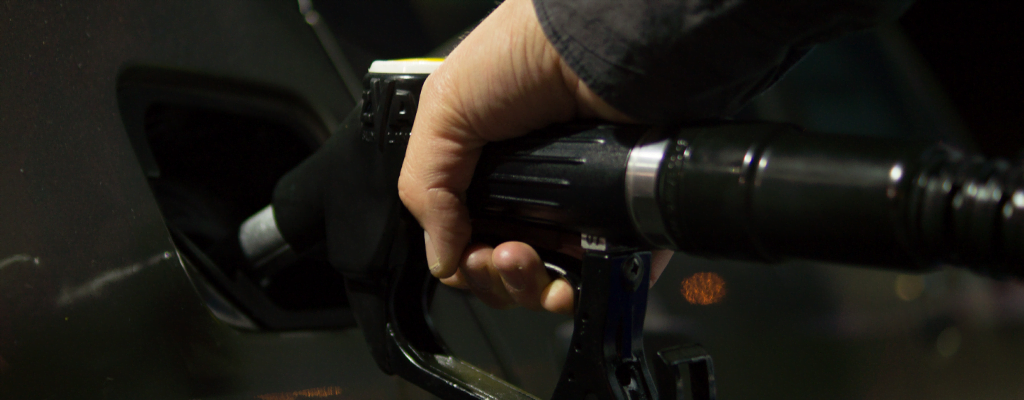
With fuel costs soaring, fleets will experience a significant hike in operating costs unless they take steps to tackle unnecessary journeys and excessive fuel usage by drivers. Fuel costs are often accepted as a necessary evil, but they can have a huge unforeseen impact on a business’s operating cost, which can be drastically reduced by implementing a few easily learned eco-driving techniques.
Here are the tips, which come from IAM RoadSmart’s head of driving and riding standards, Richard Gladman:
- Try to keep your driving smooth. Accelerating gently and using the highest safe gear will use less fuel. Ease off the accelerator early for traffic lights if they are red – why hurry up to wait?
- If possible, try to avoid driving during heavy traffic. Stopping and starting in traffic needs the use of first gear and a lot of fuel is used to get the vehicle moving again.
- Keep your tyres well maintained by checking the condition, pressures and tread depth. When it comes to choosing new tyres, it’s worth having a look at ones which are designed for extra economy.
- Get rid of unnecessary weight. Cars work just like the human body: it needs more energy to move around more weight and so does your car. Take heavy items out of the car if you don’t need to carry them. A roof rack or roof box will increase drag and you will use more fuel to overcome this, so remove it if it is not being used.
- Nowadays, you don’t need to warm up a modern car’s engine before driving. Once your windows are clear (a bit of elbow grease will sort them out) you are able to set off to your destination without having to wait around.
- During this winter season, as your engine is trying to warm up it uses more fuel for the first four miles or so. Your engine stays cold when you drive less than two miles and your car will produce 60% more pollution than a warm engine – avoid these short journeys where possible.
- Turn off the air-conditioning as it uses extra fuel. When the rear window is cleared turn off the rear screen heater – the more electricity your car has to produce, the more fuel it will use.
- Keep your speed low, as you can reduce fuel consumption by up to 25%. Try pressing more lightly on the accelerator, often you can maintain the same speed with less pressure on the pedal.
Richard said: “Fuel is expensive but a few small changes in the way we prepare our vehicles and plan our journeys can make a big difference in our fuel consumption. Remember that safety and fuel saving can be complementary if we drive effectively.”
IAM RoadSmart offers excellent training solutions that can help you make huge savings on fuel costs, as well as improving the safety of your drivers. Our eco-driving course focuses specifically on keeping fuel costs down, and Driving For Work gives drivers a tailored training package designed to give them superb on-road training to prepare them for the daily hazards they might face, and includes an eco-driving module.
Get in touch and find out how we can help your organisation.


